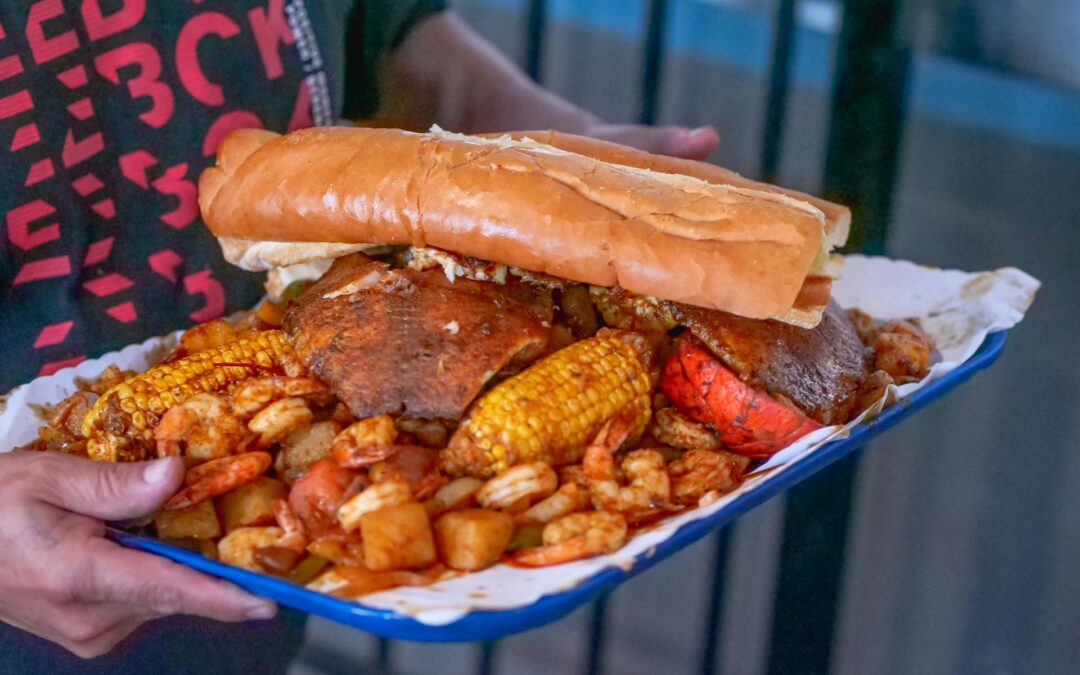Enjoying succulent crab meat is a culinary delight, but consuming undercooked crab can lead to serious foodborne illnesses. Knowing how to identify undercooked crab meat is crucial for ensuring a safe and enjoyable dining experience. This comprehensive guide will delve into the visual cues, textural differences, and safety precautions surrounding undercooked crab, empowering you to make informed choices in the kitchen and at restaurants.
Visual Clues: Identifying Undercooked Crab Meat
The appearance of crab meat is a primary indicator of its doneness. Properly cooked crab meat will exhibit a distinct change in color and texture compared to its raw counterpart. Paying close attention to these visual cues can prevent potential health risks. Understanding these differences is vital for safe crab preparation.
Color Changes in Cooked vs. Undercooked Crab
Raw crab meat typically displays a translucent or somewhat glossy appearance, often with a pale, almost grayish-white color. As it cooks, the color transforms to a vibrant, opaque white. A significant difference in opacity is a strong indicator of doneness. You should see a stark contrast between raw and cooked meat; if there’s any translucence remaining, further cooking is necessary.
Texture and Firmness
The texture of cooked crab meat is firm and somewhat springy to the touch, not mushy or slimy. Undercooked crab meat, on the other hand, feels soft, almost gelatinous, and lacks that characteristic firmness. Gently pressing on the meat with your finger will give you a good indication; undercooked crab will easily indent and retain the impression.
Beyond Appearance: Other Indicators of Undercooked Crab
While visual inspection is crucial, it’s not the only method for determining doneness. Other factors contribute to a comprehensive assessment of crab meat safety. Combining visual cues with these additional indicators ensures greater certainty.
Internal Temperature: The Gold Standard
Using a food thermometer is the most reliable way to determine if crab meat is fully cooked. The internal temperature should reach a minimum of 145°F (63°C) for at least 15 seconds to kill harmful bacteria. This eliminates any guesswork and provides a concrete measure of food safety. This is especially important when dealing with larger crab legs or chunks.
Smell and Odor: A Warning Sign
While not always a definitive indicator, a foul odor can suggest spoilage or undercooking. Fresh, properly cooked crab meat should have a mild, sweet, and slightly briny aroma. An ammonia-like smell, on the other hand, is a clear indication of spoilage, regardless of its appearance. Discard any crab meat that exhibits such an odor.
Cooking Methods and Their Impact on Crab Meat Appearance
Different cooking methods result in varying appearances of cooked crab meat. Recognizing these variations helps to avoid misinterpreting the visual cues of doneness. Understanding how each method affects the crab will refine your assessment skills.
Steaming Crab: Achieving Optimal Texture and Color
Steaming is a gentle cooking method that preserves the delicate flavor and texture of crab meat. Properly steamed crab meat will be opaque white, firm, and moist. Undercooked steamed crab may appear slightly translucent, with areas retaining a grayish hue. Overcooked crab, however, might be dry and stringy.
Boiling Crab: Ensuring Even Cooking Throughout
Boiling ensures even heat distribution, leading to thoroughly cooked crab meat. Cooked crab from boiling should have a bright white color and a firm texture. Undercooked boiled crab may be pale and slightly translucent, possibly with a soft, almost slimy texture. Overcooked crab boiled crab will be tough and rubbery.
Baking or Broiling Crab: Achieving a Delicious Crust
Baking or broiling creates a delicious, slightly browned crust on crab meat. While the internal temperature remains the key indicator, the outside color should be a light golden brown. Undercooked baked or broiled crab will lack this appealing color and will appear pale underneath. The texture will also remain softer than it should be.
Handling and Storage: Reducing the Risk of Undercooking
Proper handling and storage of crab significantly reduce the risk of consuming undercooked crab meat. Following these guidelines ensures food safety from purchase to preparation. These practices enhance the overall safety of crab meat consumption.
Purchasing Fresh Crab: Choosing Quality
Select crab meat that is firm, bright white, and free of any unpleasant odors. Avoid crab that is mushy, discolored, or has a fishy smell. Freshness is paramount in ensuring safe consumption, which starts at the point of purchase.
Refrigeration and Freezing: Maintaining Safety
Refrigerate fresh crab meat promptly and store it in an airtight container at 40°F (4°C) or lower. Crab can also be frozen, maintaining quality for several months. Adherence to proper storage ensures that bacterial growth is kept to a minimum, even before cooking.
Conclusion: Safe Crab Consumption through Vigilance
Knowing what undercooked crab meat looks like is essential for preventing foodborne illnesses. By combining visual inspection, temperature checks, and proper handling techniques, you can enjoy the delicious taste of crab without compromising your safety. Remember, when in doubt, always err on the side of caution and cook the crab meat thoroughly.
This guide provides a comprehensive overview, but remember that individual experiences may vary slightly. Continuously refining your knowledge and practicing safe food handling techniques ensures safe and pleasurable crab consumption experiences. Stay informed, and happy eating!

